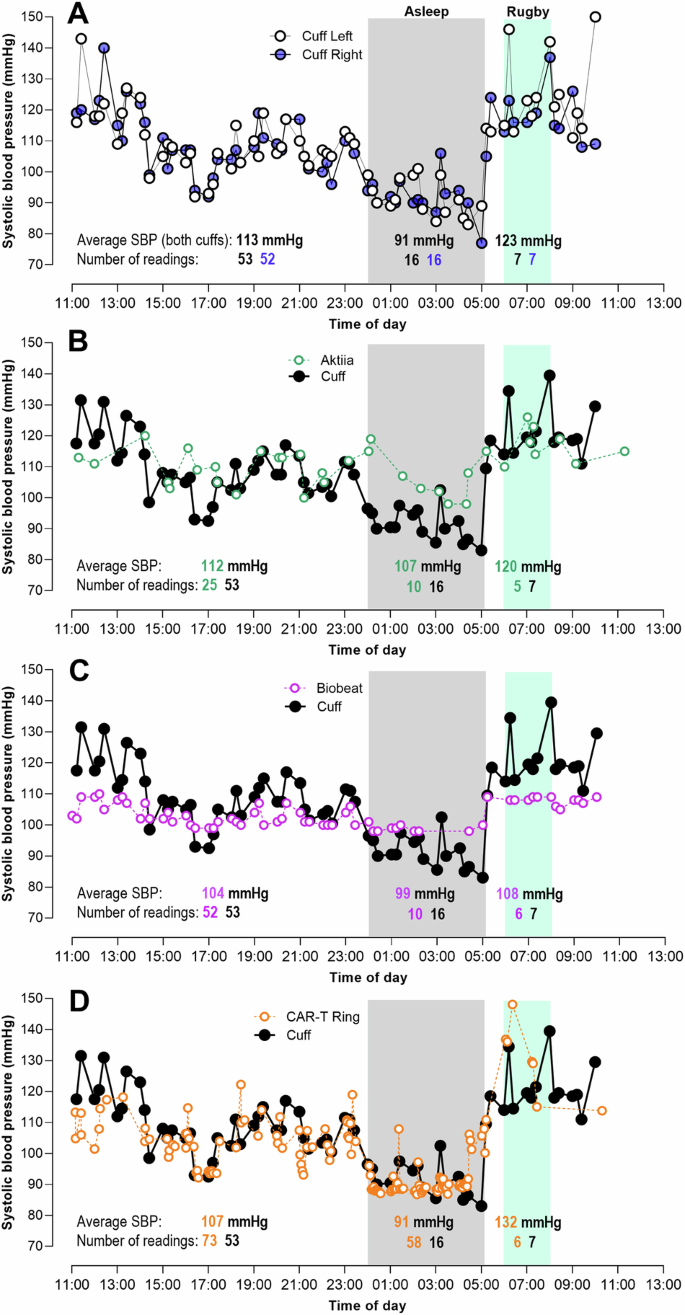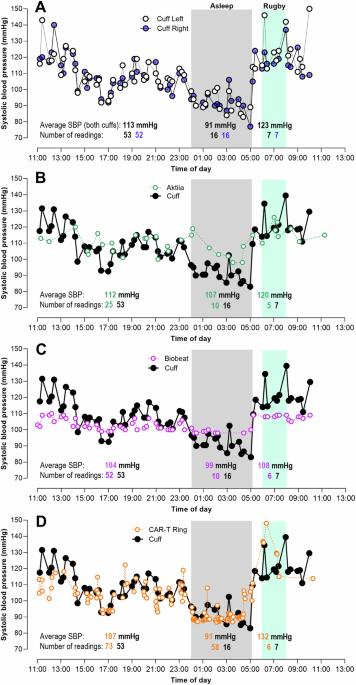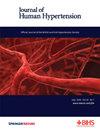Wearable cuffless blood pressure tracking: when will they be good enough?
IF 2.7
4区 医学
Q2 PERIPHERAL VASCULAR DISEASE
引用次数: 0
Abstract
Wearable health monitoring is a multibillion-dollar industry. But the holy grail is probably getting it right for blood pressure monitoring without a cuff, because raised blood pressure is very common and the leading cause of death in the world. Many have tried and failed, but industry is persisting: numerous cuffless wearable blood pressure devices are on the market, several technologies have been developed, hundreds of patents are registered every year, and some devices already have regulatory approval. However, to convince the die-hard blood pressure critic is a different ball game. To understand the challenges of currently accepted methods and cuffless devices, I performed a 24-h blood pressure monitoring self-test, including measurements when awake, asleep and watching an intense match of the Rugby World Cup final, with the purpose to demonstrate the challenges and opportunities we face. Blood pressure was monitored using five different devices simultaneously: validated left and right arm cuff blood pressure, and three cuffless wearable devices (wrist-band, chest patch and a ring). Whilst none of these devices proved to be perfect in capturing a physiologically challenging measure, namely blood pressure, it emphasised that our current practice of a single blood pressure measurement in clinical practice should be revisited. It further begs the question of when cuffless measurements will be good enough to incorporate in clinical decision-making.


可穿戴式无袖带血压跟踪:何时才能达到最佳效果?
可穿戴健康监测是一个价值数十亿美元的产业。但是,无袖带血压监测技术可能才是行业的 "圣杯",因为血压升高是非常常见的现象,也是世界上最主要的死亡原因。许多人都尝试过,但都失败了,但工业界仍在坚持:市场上出现了许多无袖带可穿戴血压设备,开发了多项技术,每年都有数百项专利注册,一些设备已经获得监管部门的批准。然而,要说服那些顽固的血压批评者则是另一回事。为了了解目前公认的方法和无袖带设备所面临的挑战,我进行了一次 24 小时血压监测自我测试,包括清醒、睡眠和观看橄榄球世界杯决赛激烈比赛时的测量,目的是展示我们所面临的挑战和机遇。我使用五种不同的设备同时监测血压:经过验证的左臂和右臂袖带血压计,以及三种无袖带可穿戴设备(腕带、胸贴和戒指)。虽然事实证明这些设备在测量血压这一具有生理挑战性的指标方面都不尽如人意,但这也强调了我们目前在临床实践中单一测量血压的做法应该重新审视。这进一步引出了一个问题:无袖带测量何时才能达到足够好的水平,以便纳入临床决策。
本文章由计算机程序翻译,如有差异,请以英文原文为准。
求助全文
约1分钟内获得全文
求助全文
来源期刊

Journal of Human Hypertension
医学-外周血管病
CiteScore
5.20
自引率
3.70%
发文量
126
审稿时长
6-12 weeks
期刊介绍:
Journal of Human Hypertension is published monthly and is of interest to health care professionals who deal with hypertension (specialists, internists, primary care physicians) and public health workers. We believe that our patients benefit from robust scientific data that are based on well conducted clinical trials. We also believe that basic sciences are the foundations on which we build our knowledge of clinical conditions and their management. Towards this end, although we are primarily a clinical based journal, we also welcome suitable basic sciences studies that promote our understanding of human hypertension.
The journal aims to perform the dual role of increasing knowledge in the field of high blood pressure as well as improving the standard of care of patients. The editors will consider for publication all suitable papers dealing directly or indirectly with clinical aspects of hypertension, including but not limited to epidemiology, pathophysiology, therapeutics and basic sciences involving human subjects or tissues. We also consider papers from all specialties such as ophthalmology, cardiology, nephrology, obstetrics and stroke medicine that deal with the various aspects of hypertension and its complications.
 求助内容:
求助内容: 应助结果提醒方式:
应助结果提醒方式:


